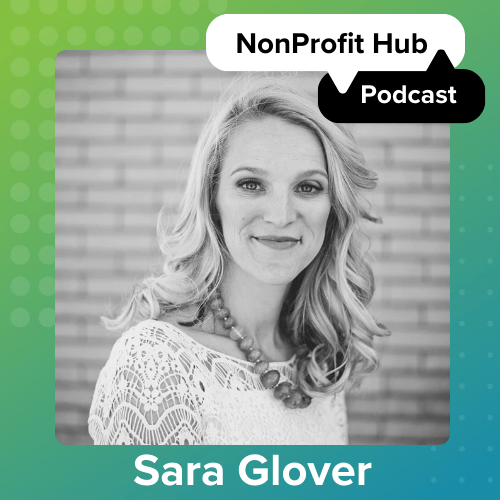This post originally appeared in the July/August issue of our Nonprofit Hub Magazine. Sign up to receive the next issue in your inbox today.
______________________________
Dilemma: It’s Friday night and you are going out for dinner. Usually the debate focuses on what you’re in the mood for, how much you can afford and who your dinner companions are.
However, what if the debate boiled down to just one option: whether or not the food was rotten.
Rottenness is not a very useful criteria for picking where to eat, but GuideStar President and CEO Jacob Harold said this scenario happens every time a person chooses to rely upon a nonprofit’s overhead ratio to make a donation.
“Obviously we want to avoid rotten food, but that doesn’t mean it’s the only thing you think about when picking. You also care about things like taste and nutrition,” Harold said. “With nonprofits, all that overhead can do is be one of many data points that can help you weed out the few cases where there really is a problem, but it doesn’t tell you anything about who is excellent.”
Of all the information reported by nonprofits, overhead, which includes employee payroll, utilities and other operational expenses, is often relied upon by donors too heavily. It’s assumed that the lower the overhead cost, the more effective a nonprofit is.
To counter this belief, GuideStar partnered with Charity Navigator and BBB Wise Giving Alliance on a collaborative project called the Overhead Myth. The project started two years ago when the companies launched a website (overheadmyth.com) decrying the reliance of nonprofits on overhead ratios.
Sandra Miniutti, the CFO and vice president of marketing at Charity Navigator, said her company has worked since its founding to provide data about charities to better evaluate their performance and project has helped spread the word more.
“(Overhead ratio) is an important metric for donors to can look at, but in a balanced point of view and it should not be taken as the whole story,” Miniutti said. “Charities have to pay for mundane things like keeping the lights on. They have to withhold some of your donation to fundraise for the next dollar. That is just part of the work and without it they can’t have programmatic impact.”
The first step in the project was a letter directed at donors explaining the misconception of solely using overhead to determine the effectiveness of a nonprofit. Harold said overhead can indicate rotten nonprofits, which might involve cases of fraud, but not the impact of their work.
For example, museums have to pay for large (and often valuable) collections, security and insurance. However, the higher overhead rate does not mean a museum is less effective than a food bank at achieving its mission.
Miniutti said donors should evaluate organizations by examining other financial factors such as:
- Does the charity have a rainy day fund?
- Is it growing or shrinking?
- Is the organization financially stable?
- Do they have good governance practices?
- Is their board diverse?
- Do they conduct an annual audit?
Harold said the response to the first phase was overwhelmingly positive. Hundreds of blog posts were written about the letter and the CEOs of Charity Navigator and BBB Giving Alliance received a standing ovation when they served on a panel a week after the first letter’s release.
However, the work was not yet finished. Miniutti said the first letter was well received within the nonprofit industry, but it didn’t have the same penetration with donors. In 2014, the three companies issued a second letter—this one aimed at nonprofits asking them to help spread the word about the overhead myth.
If nonprofits don’t want people to rely upon the overhead ratio, Miniutti suggests they provide other information to complete their financial picture.
“We have to come up with a way to look at results,” she said. “Part of that is to encourage institutional funders and individual donors to step up to the plate and pay for that. We may have some bad overhead ratios for a while, while we invest in the tools we need to really do a good job investing.”
Both Charity Navigator and GuideStar are working to help paint a better picture of a nonprofit’s true impact. For example, Miniutti said Charity Navigator is making changes to the financial metrics it uses to rate nonprofits, while GuideStar is overhauling its membership program to encourage more transparency and information sharing with the public.
Part of the problem, Harold said, is that nonprofits send out a billion pieces of direct mail each year that prominently features the overhead ratio as if it were a proxy for performance. Instead, he encourages nonprofits to use the letters on the Overhead Myth website, which are licensed until the Community Commons license, meaning nonprofits can use the letters without obtaining permission.
“Nonprofits have an obligation to give meaningful information to their donors,” Harold said. “If they fulfill that obligation, then donors can be satisfied. If they just have a story and their overhead ratio, then we are going to stay stuck in this unhealthy situation that we are in.”






